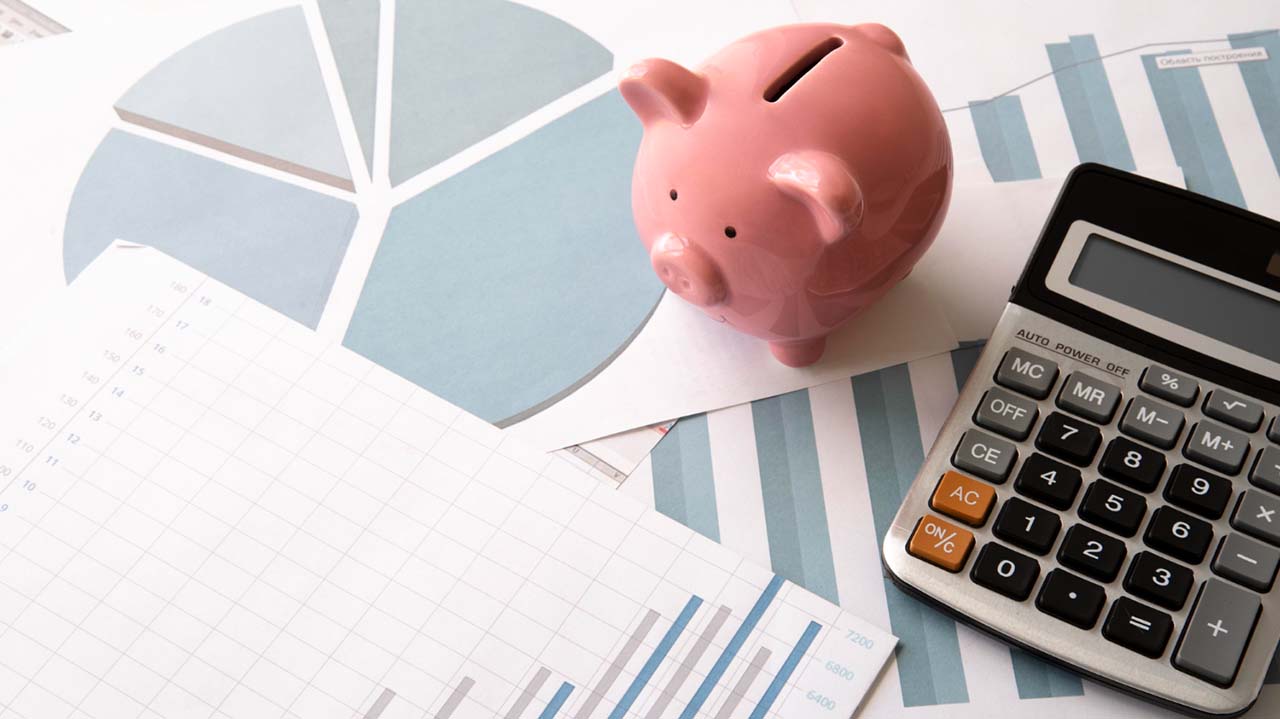Switzerland’s GDP adjusted for sporting events grew at a below-average rate (+0.3%) in the third quarter of 2023, following a slight decline in the previous quarter (−0.1%).*
The international environment remains challenging, with value added in industry stagnating accordingly. However, the service sector was once again able to provide a support.
After a negative second quarter, value added in manufacturing (−0.0%) has virtually not fallen any further in the third quarter. As a result of dynamic exports and sales, value added in the chemical and pharmaceutical industry in particular rose (+1.2%). This sector of Swiss industry is generally not very sensitive to the business cycle.
By contrast, the more cyclically sensitive industrial sectors, such as mechanical engineering and metal construction, saw only modest growth in the third quarter. These sectors are increasingly feeling the impact of flagging international demand. Nevertheless, goods exports** grew strongly in the third quarter (+6.2%), also supported by merchanting.
Developments in the service sectors varied in the third quarter. Value added grew in health and social care services (+0.7%) and trade (+1.1%). The transport and communication sector also saw moderate growth (+0.3%): the increase in passenger transport was offset by a slowdown in goods transport as a result of subdued industrial development.
On the other hand, business-related services registered a dip (−0.1%). The accommodation and food services sector (−3.7%) also recorded a decline, the first in over two years. Overall, the development of the services sector remained below the historical average. This is in line with the weak development of services exports*** (+0.4%) and continued low domestic final demand (−0.0%).
Government consumption (+0.5%) was the only domestic demand component to record substantial growth in line with the historical average. In contrast, private consumption (+0.2%) grew only moderately.
In particular, the warmest September on record was accompanied by a significantly lower demand for heating; other areas of consumption developed heterogeneously. Construction investment (+0.2%) was weak; value added in the construction industry (−0.3%) fell slightly due to declining sales in building construction.
Investments in equipment (−1.1%) fell for the second consecutive quarter. Although investment in research and development, electronic goods and vehicles increased, less was invested in most other categories.
Source of the Press Release.





